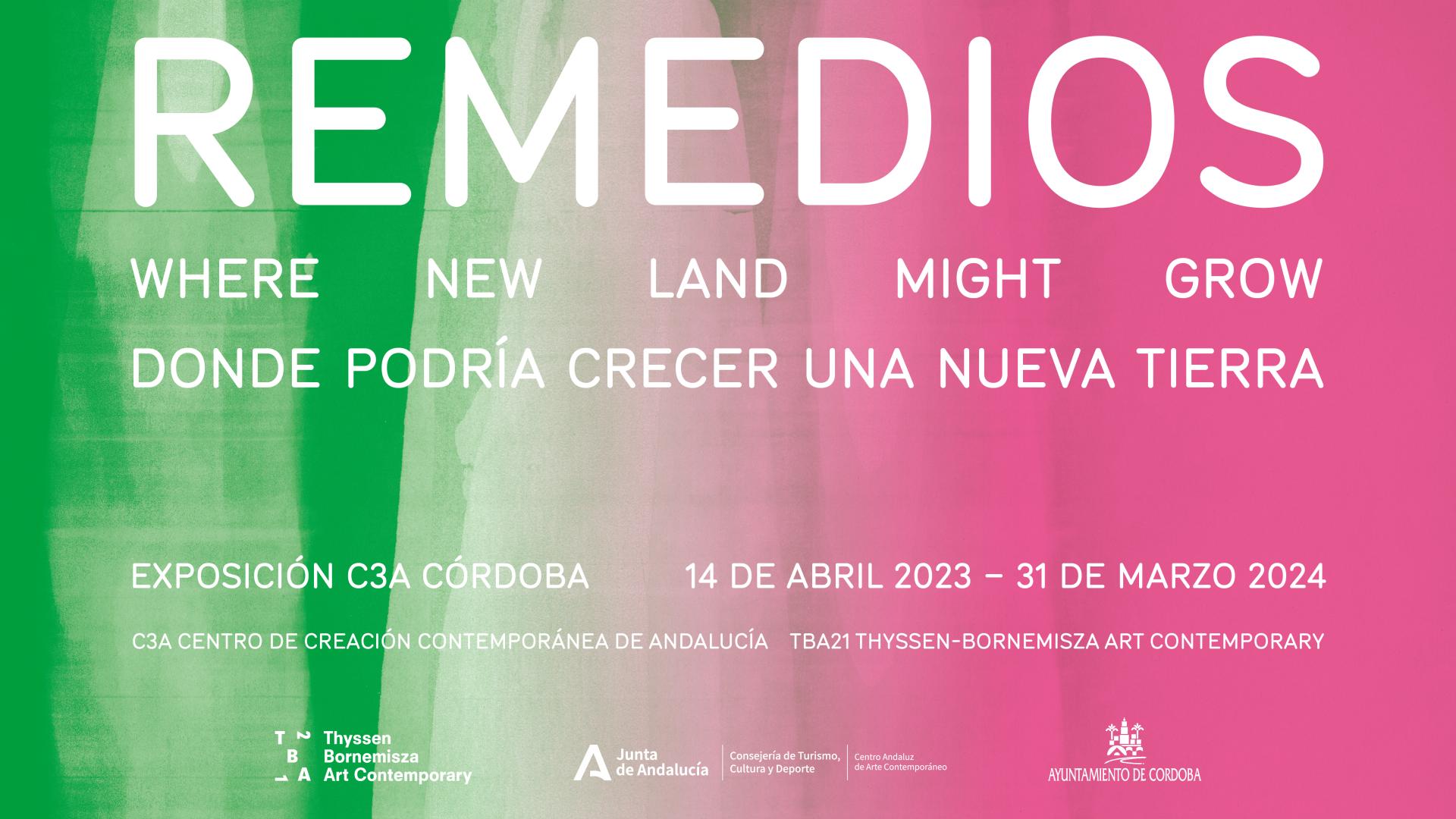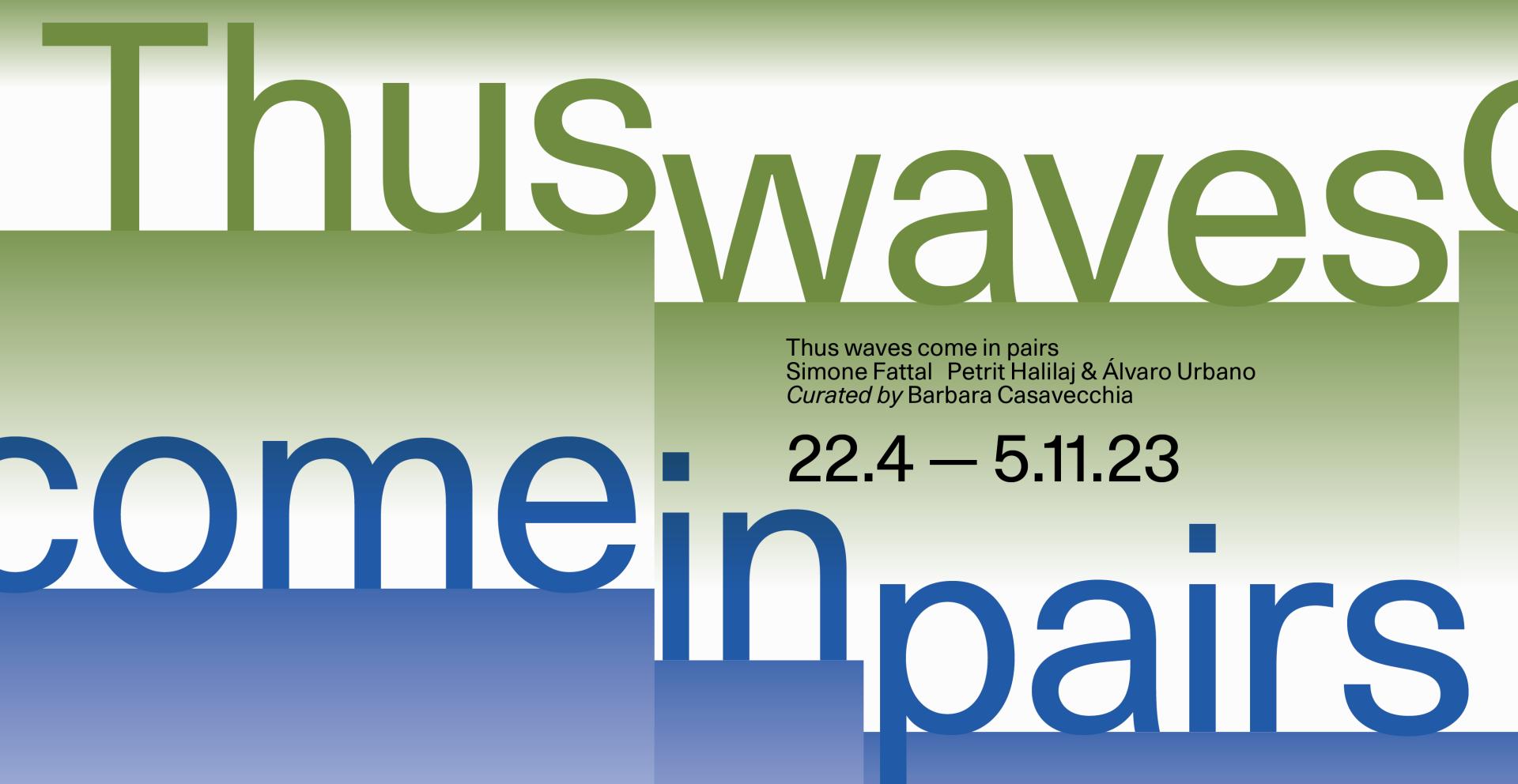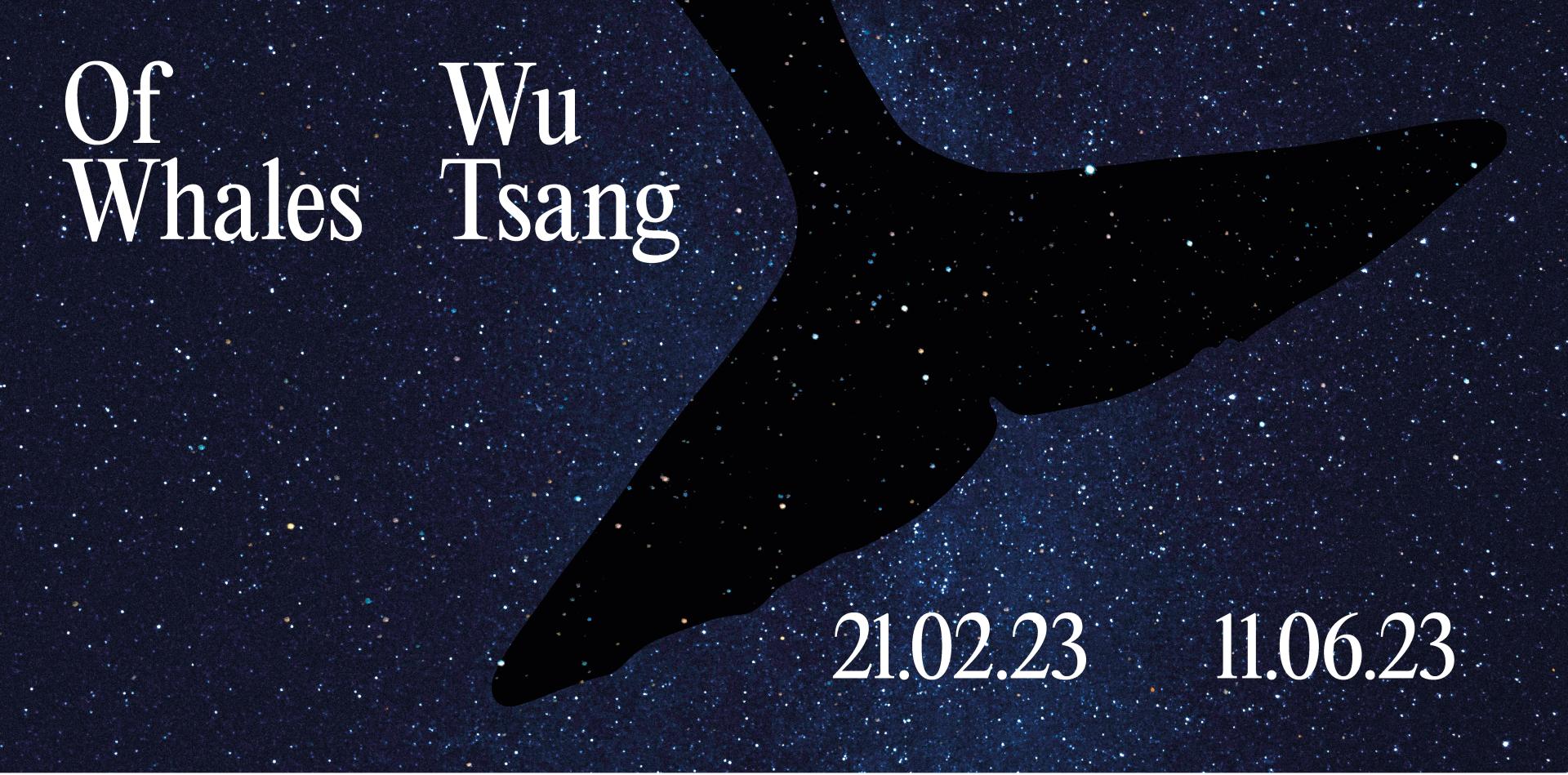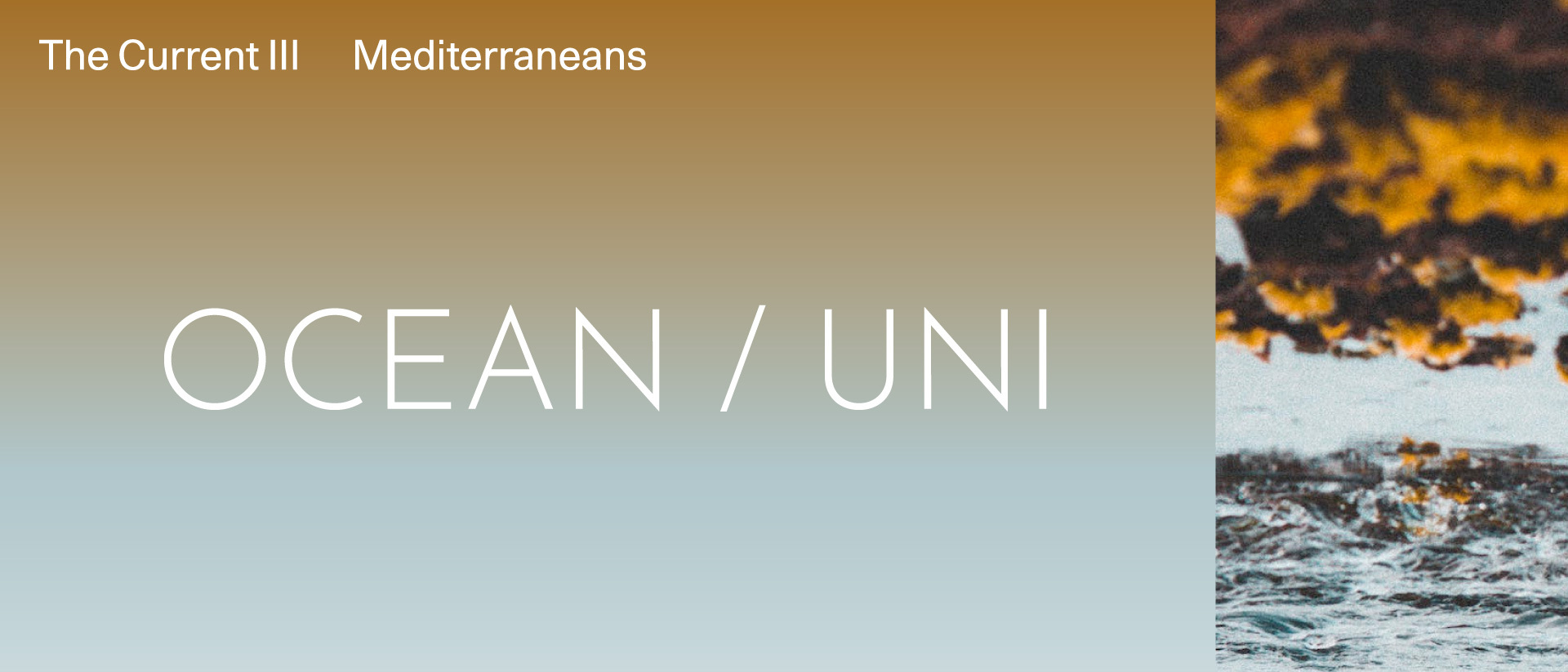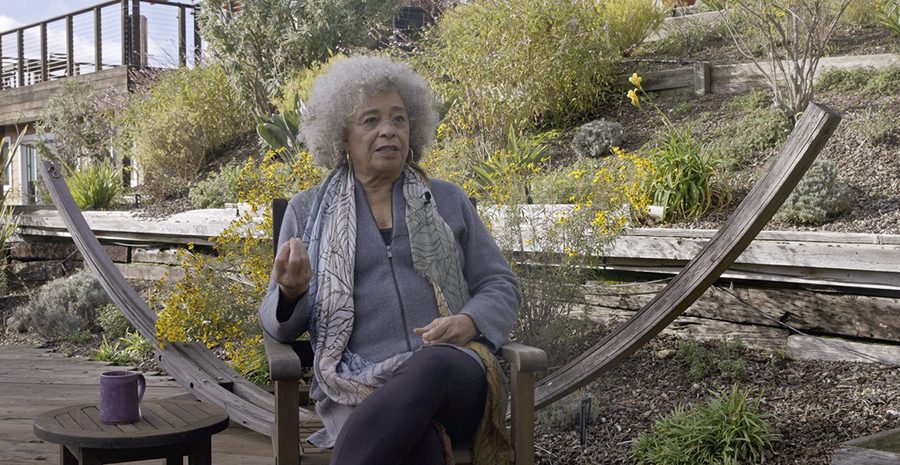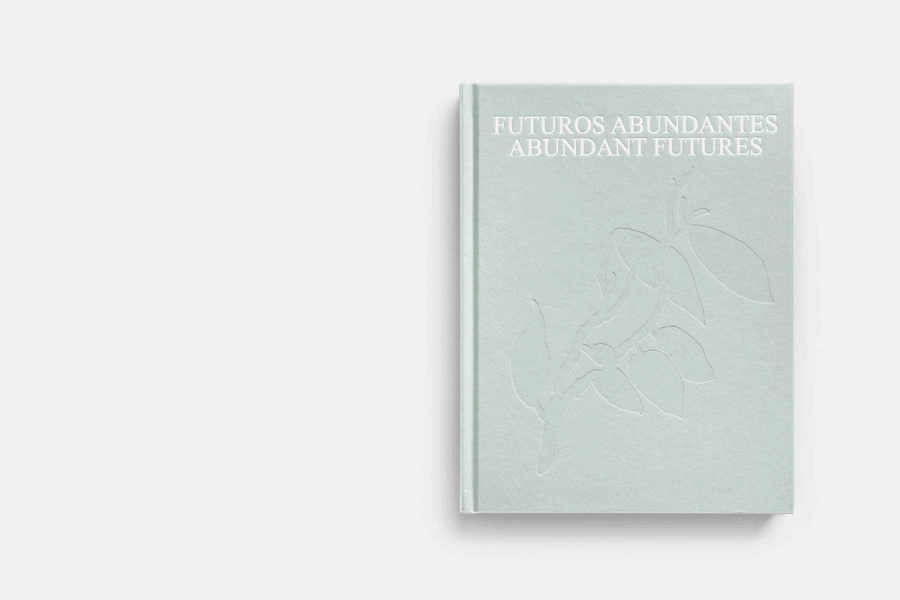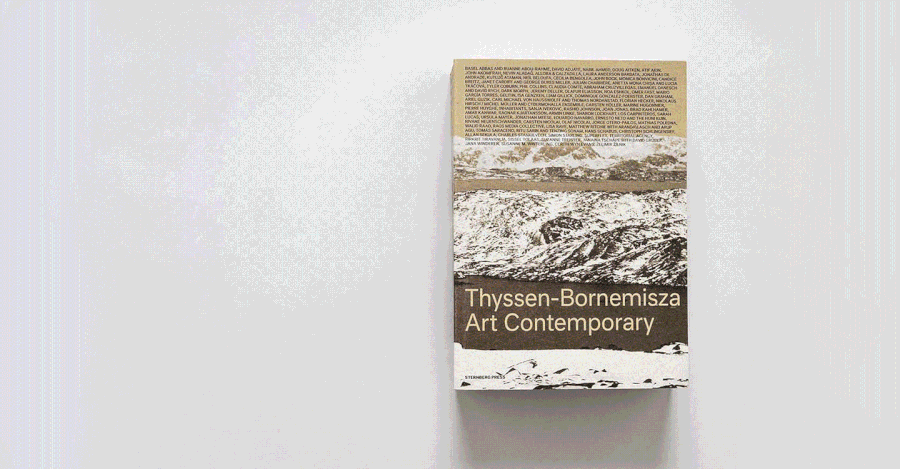Forma de fuga, 2020
Teresa Solar

Photo: Pablo Gómez-Ogando | Courtesy Travesía Cuatro, Madrid & Mexico
Collection
Baked clay, resin, paint, ink
32 x 72 x 40 cm
In her 2020 exhibition at Travesia Cuatro gallery in Madrid, Formas de fuga, Teresa Solar’s interest in language, translation and the construction of meaning played out in her investigation of the relation between her own working methods and sculptural works. Specifically, the exhibition, which constituted a series of ceramic sculptures, labelled diagrams and a collection of watercolor, ink and graphite drawings, questioned the relation of drawing to her larger sculptural practice by looking at the development of ideas as they occur through the interrelated processes of these techniques.
This exploration was mirrored in the imagery depicted in the show. Speaking of the exhibition, she says that she understands the sculptures as a series of caves and tunnels – or, alternatively, in a more visceral iteration, as throats and pharynxes. These forms were reflected in the drawings which surrounded the sculptures, which depicted vocal cords and intestines in different figurations. “It’s as if the pieces were talking about a certain transit that occurs inside our body. And at the same time, these bodily functions are also linked to industrial structures… There is a parallelism, a change of scale between a pharynx and a subway tunnel. These fluorescent colors are the ones used by the workers of these dark worlds, where a complete darkness reigns. Specifically, these pieces have to do with a certain darkness that emerges, that is why they are cut – it’s as if we had created a bevel cut in order to see what’s inside that intestine, what’s inside that’s mine. Somehow this color is talking about a darkness that emerges; it is the color of darkness.”[1]
Solar’s description of the works in the exhibition speaks to her methodological enquiry. Each work bears the suggestion of an incision or cut, revealing the inside of an otherwise hermetically sealed, or tubular organic structure. Collectively, they appear to symbolise spaces of introspection, productivity and generativity and, as Chus Martinez has written, show how “things, matter and form [can] also account for the way in which multiple life forms harbor intelligence.”[2] The artist’s decision to illuminate these spaces precisely, as she says, to illuminate their darkness, reflects the general concern of Formas de fuga with the processes which take place out of sight, prior to the event of the exhibition. Here, each individual piece represents a line of escape from the studio, whilst simultaneously testifying to the work that took place there.
[1] The artist speaking in an interview about the exhibition, available at http://travesiacuatro.com/eng/exposicion/formas-de-fuga-2/
[2] See exhibition press release, also available at http://travesiacuatro.com/eng/exposicion/formas-d
32 x 72 x 40 cm
In her 2020 exhibition at Travesia Cuatro gallery in Madrid, Formas de fuga, Teresa Solar’s interest in language, translation and the construction of meaning played out in her investigation of the relation between her own working methods and sculptural works. Specifically, the exhibition, which constituted a series of ceramic sculptures, labelled diagrams and a collection of watercolor, ink and graphite drawings, questioned the relation of drawing to her larger sculptural practice by looking at the development of ideas as they occur through the interrelated processes of these techniques.
This exploration was mirrored in the imagery depicted in the show. Speaking of the exhibition, she says that she understands the sculptures as a series of caves and tunnels – or, alternatively, in a more visceral iteration, as throats and pharynxes. These forms were reflected in the drawings which surrounded the sculptures, which depicted vocal cords and intestines in different figurations. “It’s as if the pieces were talking about a certain transit that occurs inside our body. And at the same time, these bodily functions are also linked to industrial structures… There is a parallelism, a change of scale between a pharynx and a subway tunnel. These fluorescent colors are the ones used by the workers of these dark worlds, where a complete darkness reigns. Specifically, these pieces have to do with a certain darkness that emerges, that is why they are cut – it’s as if we had created a bevel cut in order to see what’s inside that intestine, what’s inside that’s mine. Somehow this color is talking about a darkness that emerges; it is the color of darkness.”[1]
Solar’s description of the works in the exhibition speaks to her methodological enquiry. Each work bears the suggestion of an incision or cut, revealing the inside of an otherwise hermetically sealed, or tubular organic structure. Collectively, they appear to symbolise spaces of introspection, productivity and generativity and, as Chus Martinez has written, show how “things, matter and form [can] also account for the way in which multiple life forms harbor intelligence.”[2] The artist’s decision to illuminate these spaces precisely, as she says, to illuminate their darkness, reflects the general concern of Formas de fuga with the processes which take place out of sight, prior to the event of the exhibition. Here, each individual piece represents a line of escape from the studio, whilst simultaneously testifying to the work that took place there.
[1] The artist speaking in an interview about the exhibition, available at http://travesiacuatro.com/eng/exposicion/formas-de-fuga-2/
[2] See exhibition press release, also available at http://travesiacuatro.com/eng/exposicion/formas-d



